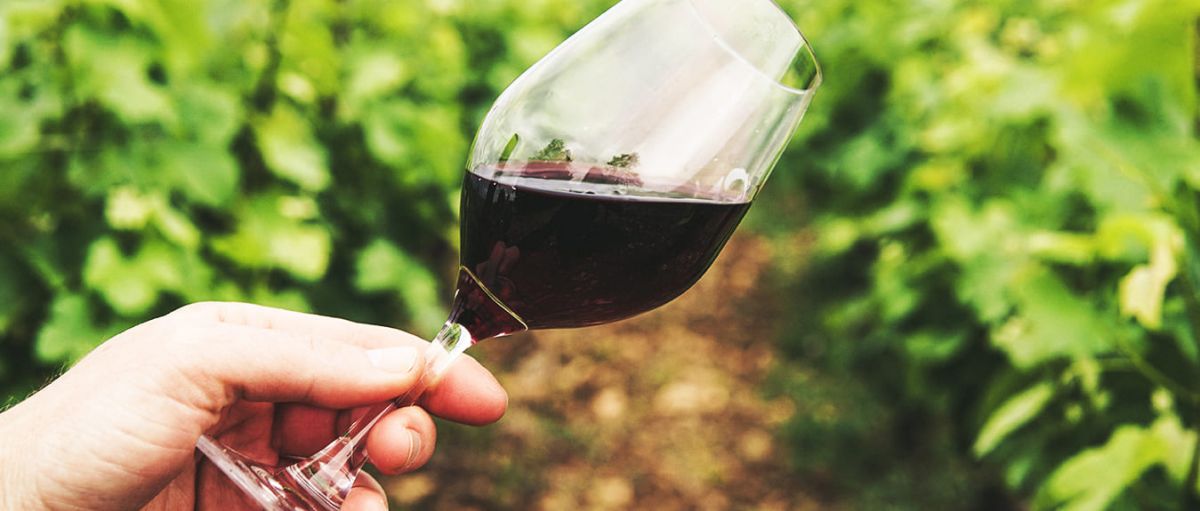Warehouse
Open from Jan 1st - July 10th 2026
Judging
Date
July 27, 2026
Winners
Announced
August 12, 2026

There are a number of professionals that have spent years behind perfecting their art of wine tasting. Wine tasting can truly be an intangible art, the greatness of which can be only surmounted if one achieves the highest qualification of Master of Wine. You could become the next Robert Parker and become a wine influencer regardless. So let’s simplify the process to find a commonality between pros and ordinary people and let’s delve into the world of professional wine tasting:
The first step of the process begins with basically looking at the wine, but a little more carefully with a purpose to understand its colors.
The look of the wine comprises of 2 parts of the same picture, i.e. “intensity” and “hue”.
These two, together are able to easily describe the color of a wine. For example - a medium pink rosé, the medium being its intensity and pink being its hue.
One can classify Red, White, and Rosé wines into three simply color intensities, i.e. pale, medium and deep. Further, the hue can be named using color names like purple, gold, pink respectively for red, white and rosé.
Do note that not every wine would fall into this structure, and so you could always create color names that you could relate to better keeping in mind that you could communicate it rightly with someone else.
The first thing you do before you take a sip of your wine is that you smell it. If in any case, it smells like a wet dog, you are certainly not going to want to drink that garbage. It is possible that the wine is corked, or it simply has aged badly. This rarely happens, but it does.
Write the aroma by beginning to describe if it is fruity, is there any herb essence, do you find it spicy, did its aging process involve oak, and are there any earthy aromas in the wine. You can always write the region at every step along the way. Your region could develop or be entirely different from “The Look” to “The Aroma” to “The Taste”.
Concluding with the final and the favorite step of any person tasting a wine, you must take a good mouthful sip and spread it all across the insides of your mouth and on your entire tongue. This will help you give a good taste and judge the wine in this last step in every other way possible.
Sweet
The first thing that you would experience once you have taken that big sip to experience the wine is if it is dry or not, i.e. if it does not contain any sugar, or if it is a sweet wine. Since any palette can recognize sugar immediately. The more acidic a wine the drier the wine since the less sweet it tastes.
Acidity
Wine can be completely flat on the acidity or overly acidic. Sparkling wines are a good example of wines that can easily be overly acidic. Levels of high acidity can help you understand if it comes from a cold region or if the grapes were harvested early. Low acidic wines are much smoother in taste and almost give a creamy taste.
Tannins
Just like food texture, wine texture can be pretty much explained in a similar manner. For example, A sunny side up is gooey and soft.
Wine can be described as thick or runny depending on what its texture is. You can always come up with different ways of describing wine texture.
Alcohol
Alcohol levels will be directly proportional to how sweet the wine tastes. If the wine tastes dry i.e. nearly sugarless, it means that the wine has high levels of alcohol in ratio. Riper grapes are much more matured and hence contain higher levels of alcohol; hence wines made using such grapes are generally dry. Alcohol levels can vary between 5% ABV-16% ABV (Alcohol by Volume). Wine blends of Bordeaux generally contain slightly higher levels of alcohol which may go as high as 21% ABV.
Body
Moving onto the final taste parameter, i.e. the body, remember I asked you to swirl the big sip of wine across your entire mouth? If that felt like swirling strawberry juice around your mouth the body was about low-medium, and if it felt like swirling strawberry milk around well then that has a bold body.
With the body parameter in taste we come to an end of this article, but it is necessary to understand that anyone can taste a wine like a professional, but mastering the art years, and sometimes decades, and the key is to always try various kinds of wines whilst learning about your own preferences and always comparing them with how others feel about the same.
“When I put my nose in a glass, it’s like tunnel vision. I move into another world, where everything around me is just gone, and every bit of mental energy is focused on that wine.” - Robert M. Parker, Jr., American Wine Critic
Grow your wines in the off-premise channels of the USA. The Early Bird submission deadline is February 20, 2026, and the domestic submission deadline is June 30, 2026. Here is how to enter.